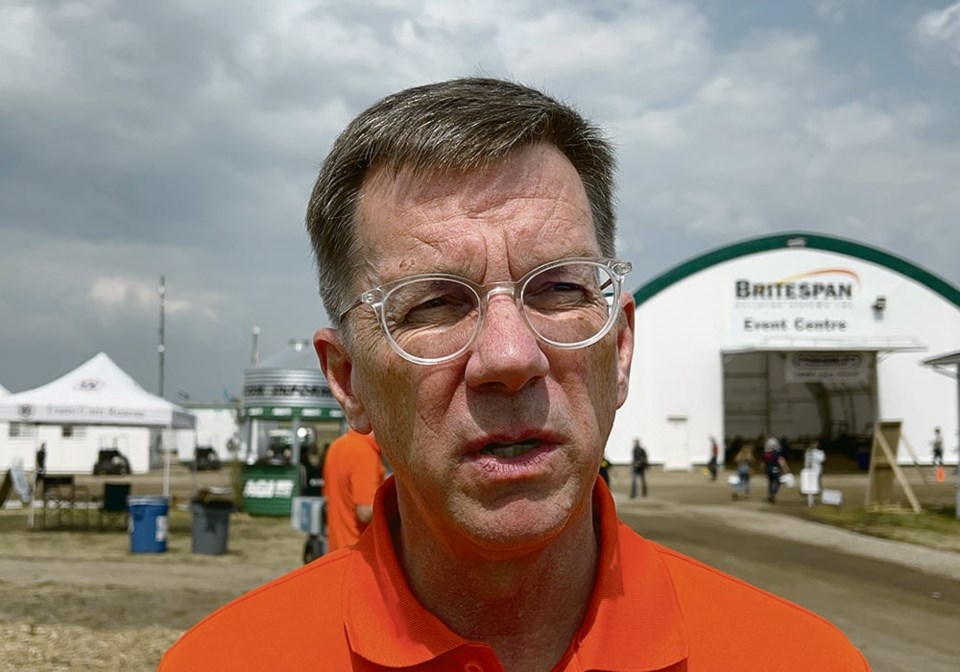WESTERN PRODUCER — Farmers have seen their future earnings bleeding out for months. Anybody with unpriced canola has seen about a 20 percent drop in futures values since July. Cash prices are, of course, lower in this sort of environment.
It’s a bad way to enter winter and a puzzling one for some.
“It’s a bit of a mystery to me,” Stephen Nicholson, Rabobank’s Global Sector Strategist for Grains and Oilseeds, told me Nov. 27 as he was preparing for the GrowCanada conference in Calgary .
“Did the price get too high in 2022? Yes. Now we’re on the back side of that.”
The good news that Nicholson was taking to GrowCanada was that the outlook for canola prices is better than the present market is offering. There is new crushing demand for western Canadian canola and healthy export demand.
Across North America, demand for renewable diesel feedstocks like canola is surging. Currently, most demand comes from the West Coast, but more processing capacity is coming online in other parts of the continent as part of a long-term trend that is not abating.
Brazilian producers are having trouble with both too wet and too dry conditions for planting, so their ability to produce another record crop is in doubt.
Their monster crop earlier this year is probably what sent oilseed stocks into their present funk, Nicholson said, and markets tend to overshoot both on the way up and the way down. It has not reached a reasonable compromise between optimism and pessimism.
“We have to come back to some kind of equilibrium that everybody can live with, and we’re just not there yet.”
Nicholson sees oilseeds like canola as being in an “either way” market, where prices could rise or fall based on ongoing factors.
Corn is the definite bearish market, with too much around. That’s bearish for all feedgrain crops.
It’s also a negative for wheat.
“Wheat can’t get too far (higher) from corn because (livestock producers) will just turn to corn,” said Nicholson.
However, wheat is the most bullish of the big three crops in Nicholson’s view.
Stocks are tight in North America, and while world stocks look amply supplied, most of those stocks are in China.
“It’s amazing how much they’re holding,” he said.
That makes them mostly unavailable for the world market.
Commodity markets have seen years of volatility. Twitchy price reactions are still prevalent, but Nicholson has noticed trading ranges are compressing, with a bit of a blah atmosphere developing.
“It’s just kind of odd,” said Nicholson of the last two to three months of little action.
The crop markets seem to have drifted into the doldrums, but at least for wheat and canola, there are reasons a rally could break out this winter.




